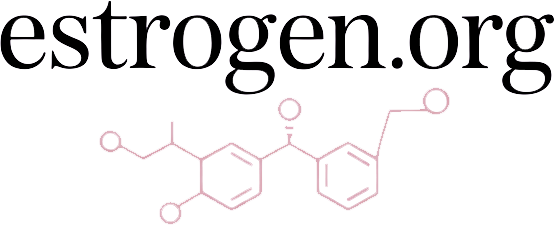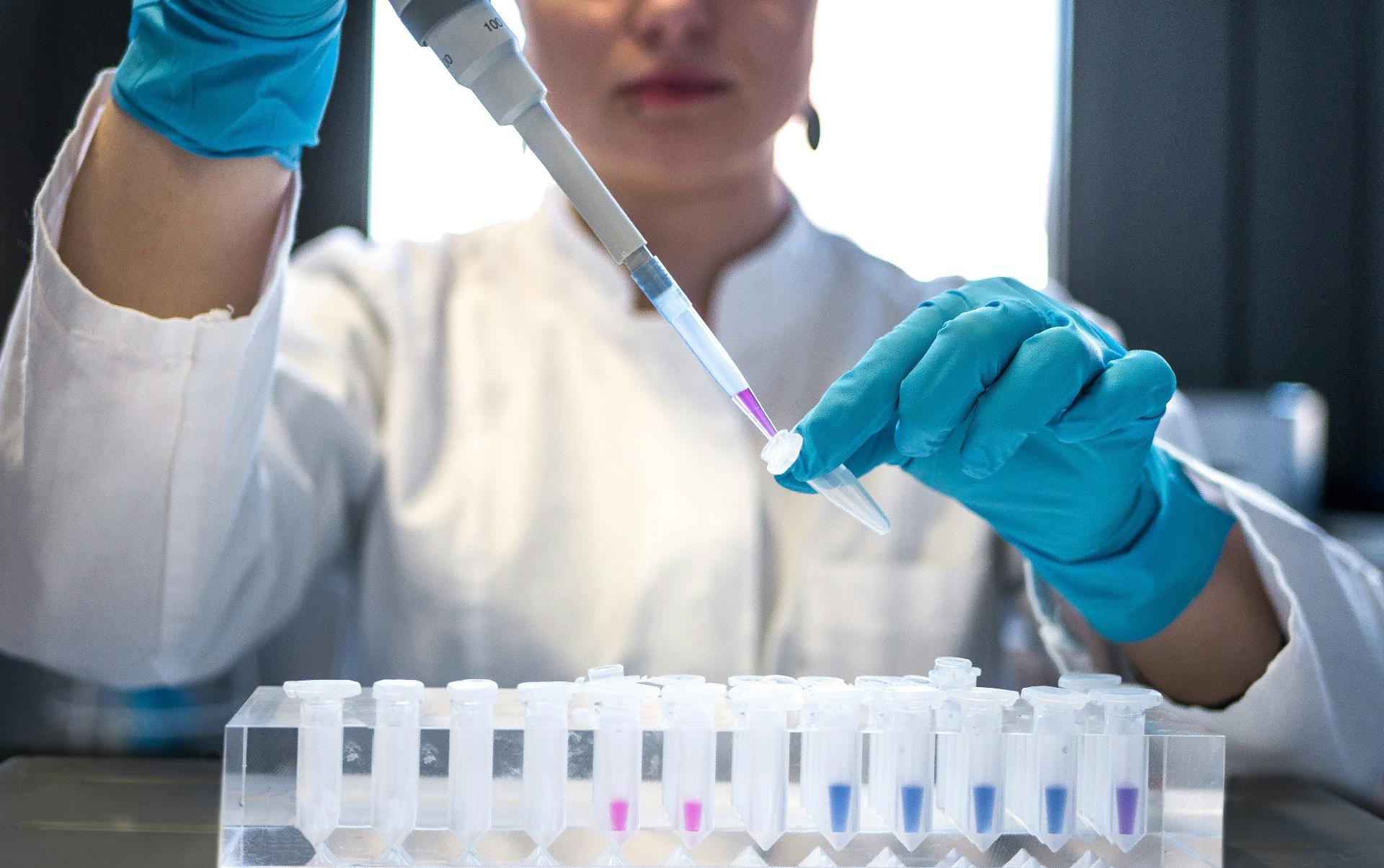
Deciding whether to pursue hormone therapy is a deeply personal choice that requires careful consideration of medical needs, potential benefits, possible risks, and alternative approaches. This guide aims to provide a comprehensive framework for making informed decisions about hormone therapy at different life stages.
Understanding Hormone Therapy: The Basics
Hormone therapy (HT), sometimes called hormone replacement therapy (HRT), involves supplementing or replacing hormones that the body is no longer producing in sufficient quantities. While most commonly associated with menopause, hormone therapy is used in various medical contexts, including:
- Managing menopausal symptoms
- Addressing hormone deficiencies
- Supporting gender-affirming care
- Treating certain hormone-responsive conditions
- Managing symptoms related to cancer treatments
Key Terminology
Systemic hormone therapy: Delivered via pills, patches, gels, or injections that circulate throughout the bloodstream.
Local hormone therapy: Applied directly to the affected area (such as vaginal estrogen creams) with minimal systemic absorption.
Bioidentical hormones: Chemically identical to those produced by the human body, may be commercially prepared or custom-compounded.
When Hormone Therapy Is Most Often Considered
Different life stages and health conditions may prompt consideration of hormone therapy:
Perimenopause and Menopause
During the menopausal transition, declining estrogen levels can lead to symptoms that significantly impact quality of life, including:
- Vasomotor symptoms (hot flashes, night sweats)
- Sleep disturbances
- Mood changes
- Vaginal dryness and urinary symptoms
- Decreased bone density
Hormone therapy typically involves estrogen, often combined with progesterone for women who have a uterus to protect against endometrial cancer.
Premature or Early Menopause
Women who experience menopause before age 40 (premature) or between 40-45 (early) often have more severe symptoms and face increased long-term health risks, including higher risk of osteoporosis, cardiovascular disease, and cognitive issues. For these individuals, hormone therapy is frequently recommended until at least the natural age of menopause, unless contraindicated.
Hormone Deficiencies
Primary ovarian insufficiency, hypogonadism, hypopituitarism, and other conditions that cause hormone deficiencies may necessitate hormone therapy to maintain health and prevent complications.
Gender-Affirming Care
Transgender and gender-diverse individuals may pursue hormone therapy as part of gender-affirming care to help align physical characteristics with gender identity.

Key Considerations: Benefits vs. Risks
When evaluating hormone therapy options, it's essential to weigh potential benefits against possible risks, both of which vary based on individual circumstances.
Potential Benefits
- Symptom relief: Hormone therapy can significantly reduce hot flashes, night sweats, sleep disturbances, and mood symptoms associated with hormone fluctuations.
- Genitourinary symptoms: Local or systemic estrogen therapy can effectively address vaginal dryness, urinary frequency, and related discomfort.
- Bone health: Hormone therapy helps maintain bone density and reduces fracture risk, particularly in those at high risk for osteoporosis.
- Cardiovascular effects: When started within 10 years of menopause or before age 60 (the "timing hypothesis"), hormone therapy may offer cardioprotective benefits for some women.
- Quality of life: By alleviating symptoms that interfere with daily function, hormone therapy can significantly improve overall well-being and life satisfaction.
Potential Risks
Risk profiles vary based on age, health history, type of hormone therapy, and duration of use:
- Breast cancer: Combined estrogen-progestin therapy is associated with a small increased risk of breast cancer with long-term use. Estrogen-only therapy carries a lower risk.
- Cardiovascular events: When started more than 10 years after menopause or after age 60, hormone therapy may increase risk of heart disease, stroke, and blood clots.
- Gallbladder disease: Oral estrogen may increase the risk of gallbladder disease.
- Endometrial cancer: Estrogen alone increases endometrial cancer risk in women with a uterus, which is why progestogen is added for protection.
Important Risk Factors to Discuss
Certain conditions may increase risks associated with hormone therapy and should be thoroughly discussed with healthcare providers:
- Personal or strong family history of breast cancer
- History of venous thromboembolism or stroke
- Active liver disease
- Uncontrolled hypertension
- History of endometrial cancer
- Unexplained vaginal bleeding
Types of Hormone Therapy and Delivery Methods
Hormone therapy comes in various forms, each with different benefits, risks, and suitability for individual needs:
Estrogen Therapy
- Oral tablets: Convenient but pass through the liver, potentially affecting clotting factors and inflammation markers.
- Transdermal patches: Deliver estrogen directly into the bloodstream, bypassing the liver and possibly reducing risks of blood clots and stroke compared to oral forms.
- Gels, sprays, and emulsions: Applied to the skin and absorbed into the bloodstream, offering similar benefits to patches with flexible dosing.
- Vaginal preparations: Creams, tablets, or rings that primarily provide local relief with minimal systemic absorption, ideal for addressing genitourinary symptoms alone.
Progestogen Therapy
For women with a uterus, progestogen is added to estrogen therapy to prevent endometrial cancer:
- Oral progesterone: Micronized progesterone may have fewer side effects than synthetic progestins.
- Progestin-releasing IUD: Provides endometrial protection with minimal systemic effects.
- Combined hormone products: Contain both estrogen and progestogen in various combinations and delivery systems.
Testosterone
While not FDA-approved for women, testosterone is sometimes prescribed off-label to address libido and energy concerns in selected patients, typically at much lower doses than those used for men.
Alternative Approaches
For those who cannot or choose not to use hormone therapy, several alternatives exist:
- Lifestyle modifications: Regular exercise, stress reduction techniques, maintaining a healthy weight, and avoiding triggers (such as spicy foods, alcohol, or caffeine) may help manage some symptoms.
- Non-hormonal medications: Certain antidepressants, anticonvulsants, and anti-hypertensives have been shown to reduce hot flashes and other symptoms.
- Complementary approaches: Some women find relief with acupuncture, cognitive-behavioral therapy, mindfulness practices, or yoga.
- Phytoestrogens: Plant-derived compounds with estrogen-like effects, such as those found in soy products, may provide modest symptom relief for some women.
- Over-the-counter products: Various lubricants and moisturizers can address vaginal symptoms without hormones.
The Decision-Making Process
Making an informed decision about hormone therapy involves several important steps:
Comprehensive Health Assessment
Work with healthcare providers to evaluate:
- Symptom severity and impact on quality of life
- Personal medical history
- Family health history
- Current medications and supplements
- Risk factors for conditions that might be affected by hormone therapy
- Age and time since menopause onset
Personalized Benefit-Risk Assessment
Based on your individual profile, discuss with your healthcare provider:
- The likelihood that hormone therapy will effectively address your specific concerns
- Your personal risk levels for potential complications
- How hormone therapy might affect any existing health conditions
- The most appropriate type, dose, and delivery method for your needs
Timeline and Monitoring
Discuss:
- How long you might need or want to continue hormone therapy
- The schedule for follow-up evaluations and monitoring
- What symptoms or signs would warrant reevaluation
- How and when to consider tapering or discontinuing therapy
Special Considerations
Premature or Early Menopause
Women who experience menopause before the natural age (around 51-52) have different benefit-risk profiles for hormone therapy. The health risks associated with premature estrogen deprivation often outweigh the risks of hormone therapy until at least the natural age of menopause.
Breast Cancer Survivors
While systemic hormone therapy is typically contraindicated for breast cancer survivors, especially those with hormone-sensitive tumors, options may include:
- Low-dose vaginal estrogen for genitourinary symptoms (after discussion with oncology team)
- Non-hormonal approaches for managing other symptoms
- Specialized supportive care focusing on quality of life
Gender-Affirming Hormone Therapy
Transgender and gender-diverse individuals considering hormone therapy should work with providers experienced in gender-affirming care to:
- Establish realistic expectations regarding physical changes
- Understand potential long-term effects and monitoring needs
- Consider fertility preservation options before beginning therapy
- Develop a comprehensive care plan that addresses all aspects of health
The Importance of Shared Decision-Making
The decision to use hormone therapy should be a collaborative process between patient and provider, taking into account:
- Current scientific evidence
- Individual health profile and risk factors
- Personal preferences and values
- Impact of symptoms on quality of life
- Available alternatives
This decision is not "one and done" but should be revisited periodically as new research emerges, as health status changes, and as individuals move through different life stages.
Conclusion
Navigating hormone therapy decisions requires careful consideration of individual circumstances, medical evidence, and personal values. By working closely with knowledgeable healthcare providers and staying informed about evolving research, individuals can make choices that best support their health, well-being, and quality of life across the lifespan.
Remember that these decisions are deeply personal and may change over time. The goal is not to find a universal answer about whether hormone therapy is "good" or "bad," but rather to determine whether it is appropriate for your specific situation at this particular time in your life.
References
- The NAMS 2022 Hormone Therapy Position Statement Advisory Panel. (2022). The 2022 hormone therapy position statement of The North American Menopause Society. Menopause, 29(7), 767-794.
- Stuenkel, C. A., et al. (2015). Treatment of symptoms of the menopause: An Endocrine Society Clinical Practice Guideline. The Journal of Clinical Endocrinology & Metabolism, 100(11), 3975-4011.
- Marjoribanks, J., et al. (2017). Long-term hormone therapy for perimenopausal and postmenopausal women. Cochrane Database of Systematic Reviews, 1(1), CD004143.
- Manson, J. E., et al. (2017). Menopausal hormone therapy and long-term all-cause and cause-specific mortality: The Women's Health Initiative randomized trials. JAMA, 318(10), 927-938.
- Hodis, H. N., & Mack, W. J. (2014). Hormone replacement therapy and the association with coronary heart disease and overall mortality: Clinical application of the timing hypothesis. The Journal of Steroid Biochemistry and Molecular Biology, 142, 68-75.



